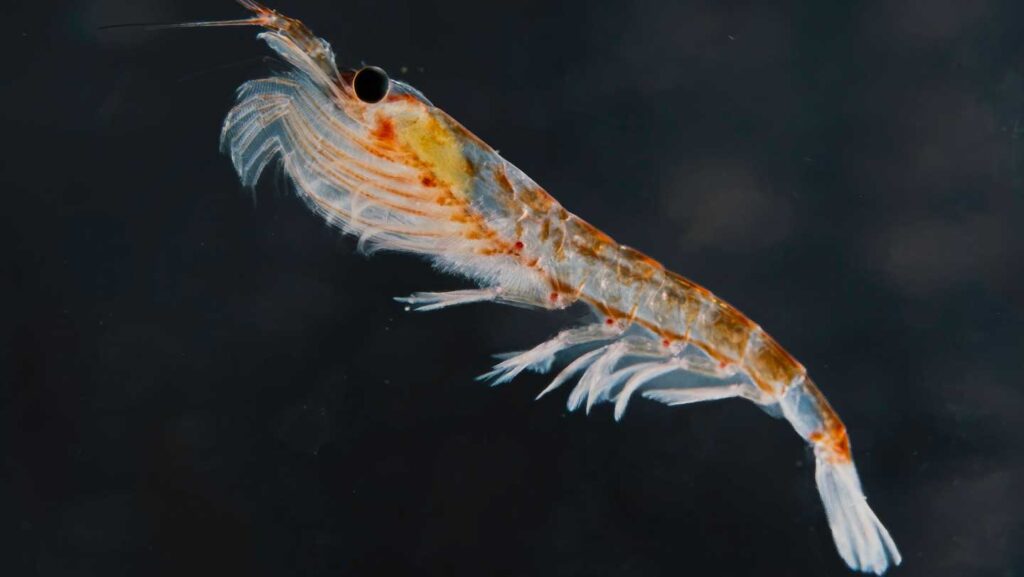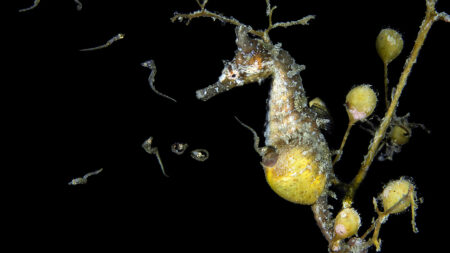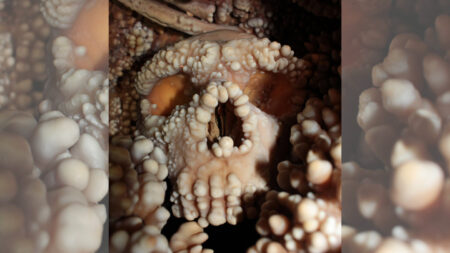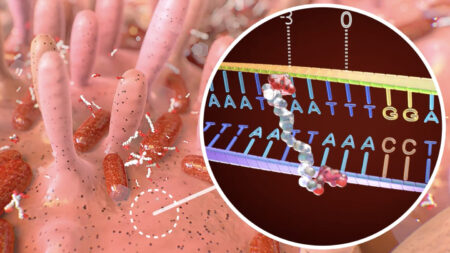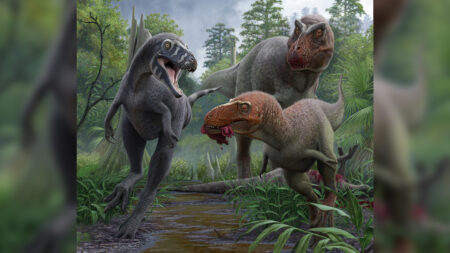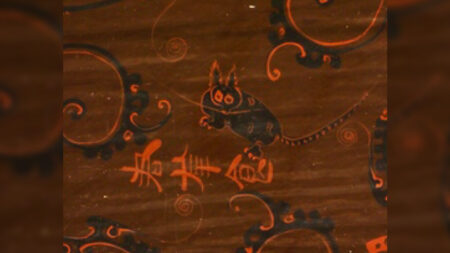Antarctic krill keep revealing new superpowers.
Euphausia superba, the Southern Ocean’s ubiquitous krill species, sequester large amounts of carbon via their profuse poop. Now, scientists have identified another way in which the swimming crustaceans may modulate Earth’s climate: by sending their leftovers down to the bottom of the sea.
Laboratory observations of krills’ filter feeding behavior suggest that when food is plentiful — such as during a phytoplankton bloom — ejected “boluses” of leftover food also sequester carbon, researchers report October 7 in Biology Letters.
But the study also revealed a pernicious trigger for bolus formation: Microplastics in the water prompted krill to eject food more often.
Tiny krill play an outsize role when it comes to Earth’s carbon cycle. They are ubiquitous in the Southern Ocean and vital to the Antarctic food web, swarming in numbers large enough to be seen from space and nourishing seals, whales, penguins, seabirds and fish. They also poop untold numbers of pellets that sink quickly to the seafloor, where the carbon stays locked away for at least a century. That biological pump, scientists estimate, could sequester at least 20 million metric tons of carbon each year, similar to the sequestering superpower of mangrove forests.
To feed, krill suck in ocean water, filtering it for phytoplankton. They compact the phytoplankton cells into a dense mass that they hold in their mouths, then use their mandibles and other appendages to manipulate and rotate the mass, pulling off strands from it to ingest. Waste from those ingested strands becomes poop. If the bolus grows too large for the krill to manipulate it, they eject it.
Ecologist Anita Butterley, of the University of Tasmania in Australia, and colleagues observed this feeding behavior in the laboratory, giving the krill different varieties and concentrations of phytoplankton and measuring the rate of bolus ejection. Higher phytoplankton concentrations correlated to more boluses ejected, the researchers found.
But so did plastic, an accidental — but useful — contamination to some experiments, the team notes. Microplastics in the water caused the krill to produce three times as many boluses relative to other experiments.
That‚Äôs worrisome, the team notes, because it suggests that microplastics might cause the krill to reject food, even when they aren‚Äôt full. It adds to growing concern over how microplastics ‚Äî already detected in Antarctic krill ‚Äî might interact with their digestion. Previous analyses have suggested that krill ingesting microplastics may fragment them further, releasing nanoplastics.¬Ý¬Ý
Read the full article here





